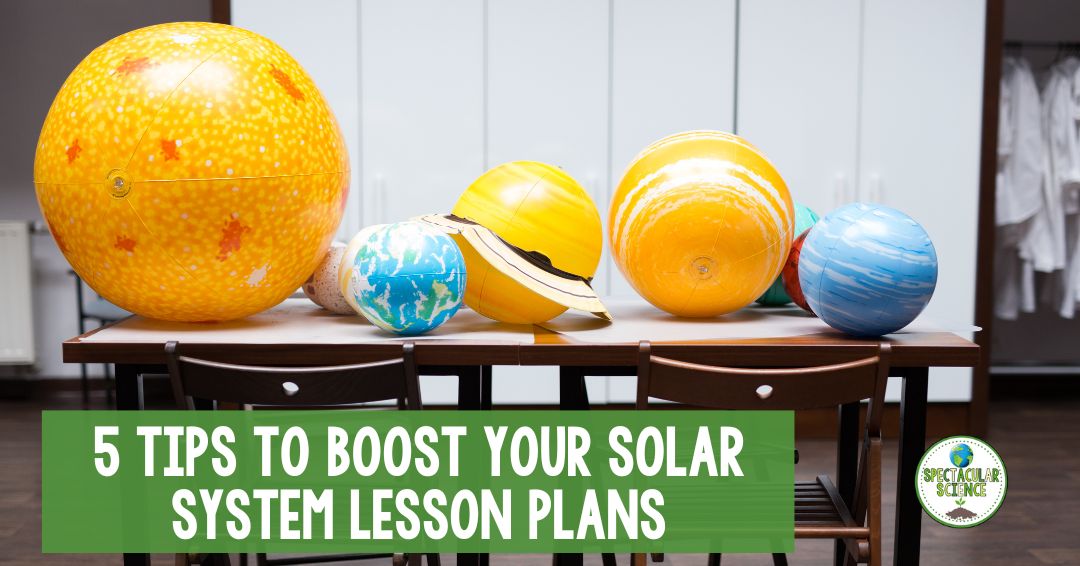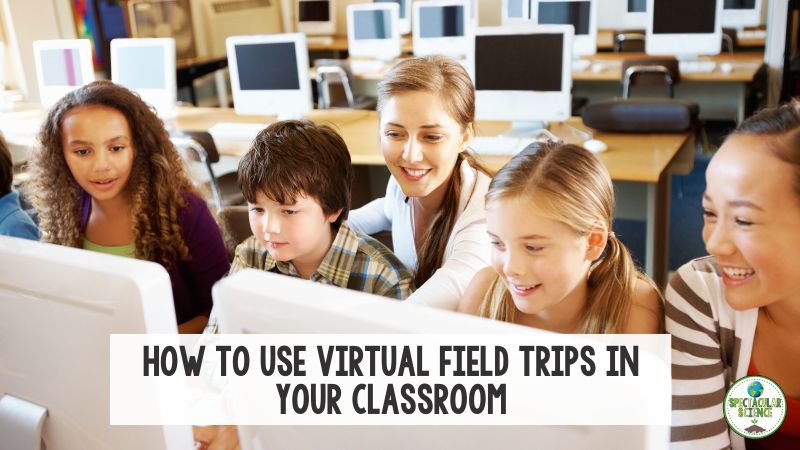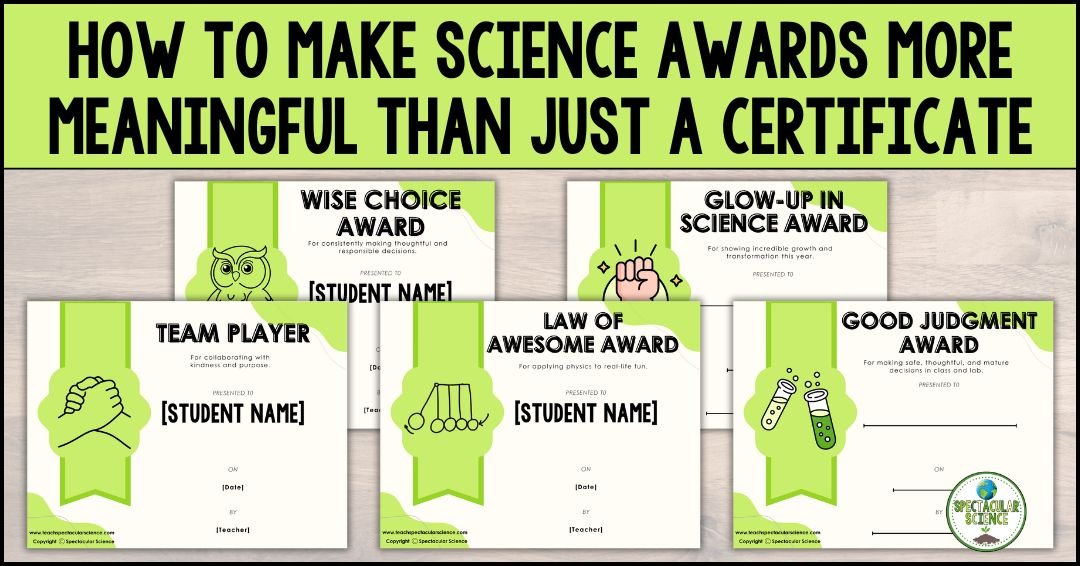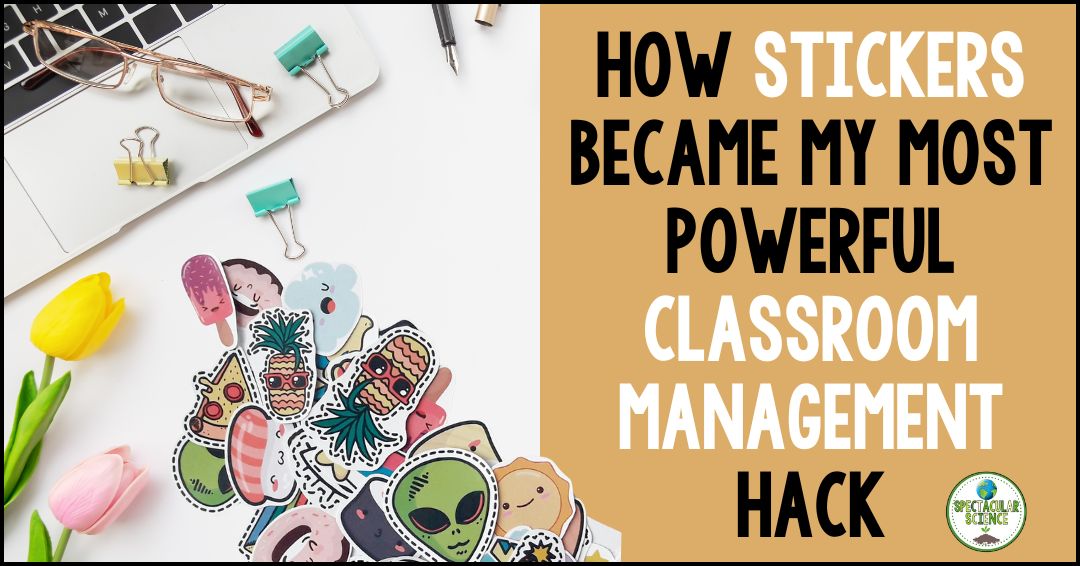
Are you heading into the classroom for the first time? Or maybe you’re a new teacher in the first few years of teaching? You’ve probably asked for and received a lot of advice, maybe even some that was unsolicited!
Some say that teaching is both an art and a science. And it’s so true! You can have all the tools you need but you have to experiment a bit to find out what works for you and for your students too!
To help you create your teacher toolbox and to encourage you to experiment this year, here are 11 tips – because 10 just wasn’t enough! – to help you get your footing as you enter the classroom in your early years of the profession.
11 Teaching Tips for New Teachers

1. Establish a positive classroom culture
Create a positive classroom environment where students feel safe, respected, and valued. This will help foster a positive learning experience.
A great way to do this is by working collaboratively to set procedures and expectations in that first week of classes. Check out this post with tips and tricks for the first week of school!
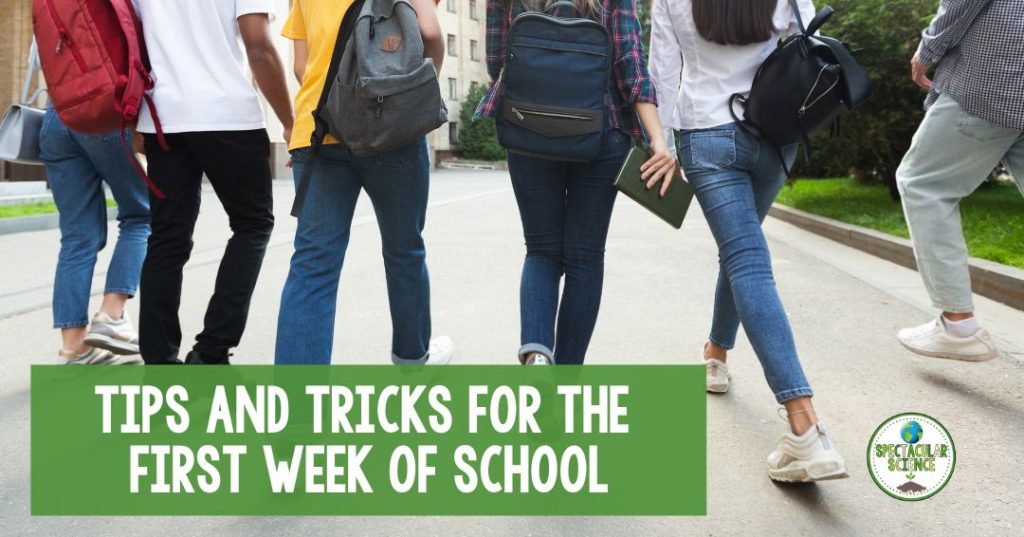
2. be organized
Good organization can help you feel more confident and prepared in the classroom.
A digital or print calendar or organizer can help you to stay on top of your lesson plans, grading, and classroom management.
As you figure out systems implement them. Just because you have a system in the first weeks of school, if it’s not working for you, then try something new whether that’s in December or even March. Part of those first years of teaching are figuring out what does and does not work for you based on your needs, your students’ needs, and the classroom space you have.
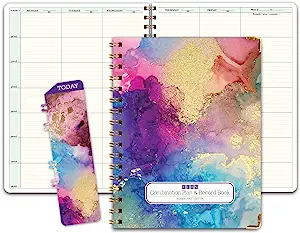
While digital planners offer convenience and advanced features, I still prefer using this traditional paper planner. The visual layout of this planner provides a spatial awareness of your time, preps, and schedules helping you better plan and allocate your resources. After the school year is over, this planner becomes a personal keepsake for me, allowing me to refer back to past schedules, notes, and reflections throughout the new school year.
3. Build relationships with students
Take time to get to know your students as individuals. This can help build trust and make learning more enjoyable for both you and your students.
You don’t have to be a student’s best friend but being consistent and kind can do a lot for students and, in turn, for classroom management.
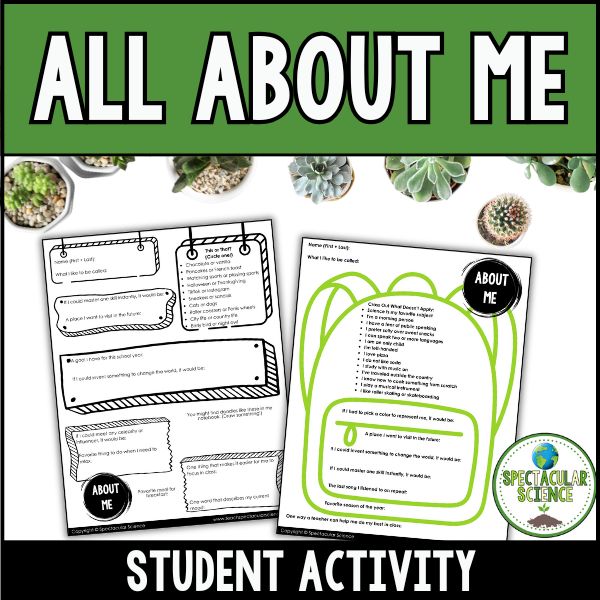
An initial activity like this get-to-know-you activity with different templates can help you build a rapport with them.
You’ll also love this Back-to-School Student Connection Survey – a dynamic tool designed to help you create an engaging, inclusive, and personalized learning experience from day one! By understanding your students’ diverse learning styles and preferences, you can tailor your teaching approach to cater to their needs, making every lesson more captivating and relevant.
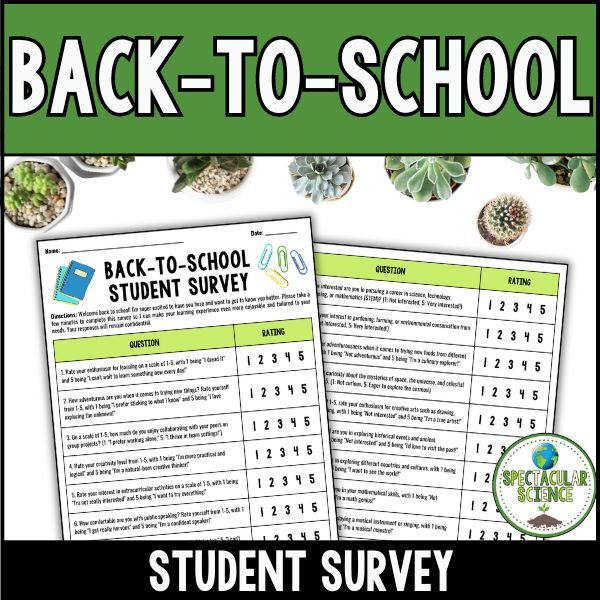
4. Build relationships with administration and colleagues
The same is true here as it is with student relationships. You don’t have to be everyone’s BFF but having a positive professional environment to work in is the goal!
And consider how you might be able to support each other. In every school I taught in my early years of teaching, there was always at least one “teacher down the hall” I could go to when needed. They weren’t always down the exact same hall per se, but being in the building and knowing I could go to them for support, a laugh, or a field trip to grab coffee during lunch was amazing!
5. Communicate effectively
Use clear and concise language when communicating with students and parents. Effective communication can help prevent misunderstandings and foster positive relationships.
For students, sharing instructions in a few ways is often helpful. Maybe they’re written on the board or a handout and you also spend a few minutes explaining them verbally too.
For parents, don’t be a stranger. Send an email early in the year to introduce yourself. And then stay in touch, as needed. This means sending occasional emails home when good things happen too! Sending what I call sunshine emails about a student’s success or their great behavior is both nice to send and to receive. You’d be surprised at the delight parents (and students) feel when they receive an email that is positive. And sending these emails can often turn a teacher’s day or week around too!
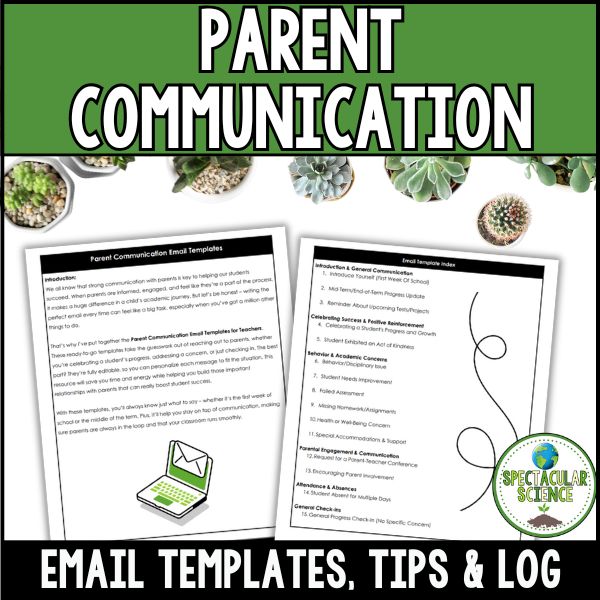
6. Set high expectations
Challenge your students to do their best by setting high expectations for their performance. And in setting those expectations make sure your students have the support they need to perform at their best.
Studies have shown that when teachers have high expectations for their students those students often do better in the long-term. Read more about recent and historical studies about student achievement and teacher expectations here and here.
7. Be flexible
The best teachers know that even when they’ve set high expectations for themselves and for their students, things will still go wrong on occasion. Expect the unexpected! There will be interruptions where students are pulled for some reason or the schedule is shifted for some other reason. There are times where the mood of the class is just not conducive to the lesson you have planned for that day.
When those occasions happen, be prepared to adjust your lesson plans to accommodate the needs of your students. I like to have 1-2 emergency sets of plans ready to go just in case I need them. These are lessons that focus on some key skills that I know students can always use for practice.
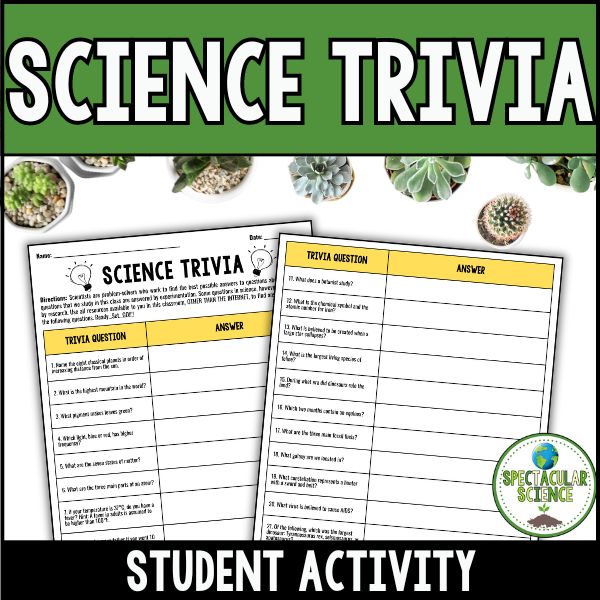
Save your time by grabbing this Science Trivia activity, which includes 60 questions (and answers) covering a myriad of scientific topics.
8. Use a variety of teaching strategies
Use a variety of teaching strategies to engage your students and accommodate different learning styles and needs.
Providing students with opportunities to shine with already-established skills is great but so too is providing opportunities to demonstrate growth with skills that are still developing.
I often think about myself as a learner in these situations to figure out where I’m most comfortable since that’s usually reflected in our default teaching techniques and strategies. Then I reflect on the opposite options and try to incorporate those too. You can even explain this approach to students to model what it’s like to step out of a comfort zone and to adopt a growth mindset.
Discover engaging activities to kickstart your first week of school, from icebreakers to hands-on experiments, in this post.
9. Seek out professional development opportunities
At different points in your early years of teaching take stock of your strengths and areas for improvement. Then find and attend workshops, conferences, and other professional development opportunities to continue growing as an educator.
Taking time to be a learner is often really helpful as a teacher. Placing ourselves in our students’ shoes to focus on our own skill development can help not only with specific skills but with empathy too.
10. Seek out professional development opportunities
Teaching can be stressful! And you simply can’t do it all! So it’s important to take care of yourself both physically and emotionally.
There’s that saying about pouring from an empty cup… well this applies as much to teaching as it does to your life outside of school. So find time to unplug and try not to spend all of your time on perfecting a lesson. At times, this can be difficult I know! This is where working on tip 4 and 5 come in handy!
Remember there are other teachers in the building, maybe even some that have taught or are teaching the same subjects that could help! It never hurts to mention what you’re teaching and ask if they have something they (and their students) loved for a particular lesson!
11. have fun
Finally, remember to enjoy the process of teaching and have fun with your students!
When I was a new teacher I found that I was also focused, focused, focused on the curriculum. This wasn’t a bad thing but it meant that the fun person I was outside of class didn’t always shine through in class. You don’t have to throw a dance party but think of some ways in which to infuse joy into your day for yourself and your students.
For me, spending time outside is important. So as the weather would get nicer where I lived I would find opportunities to move class outside and integrate learning with those activities. This post shares a variety of outdoor learning activities you can do with secondary students.
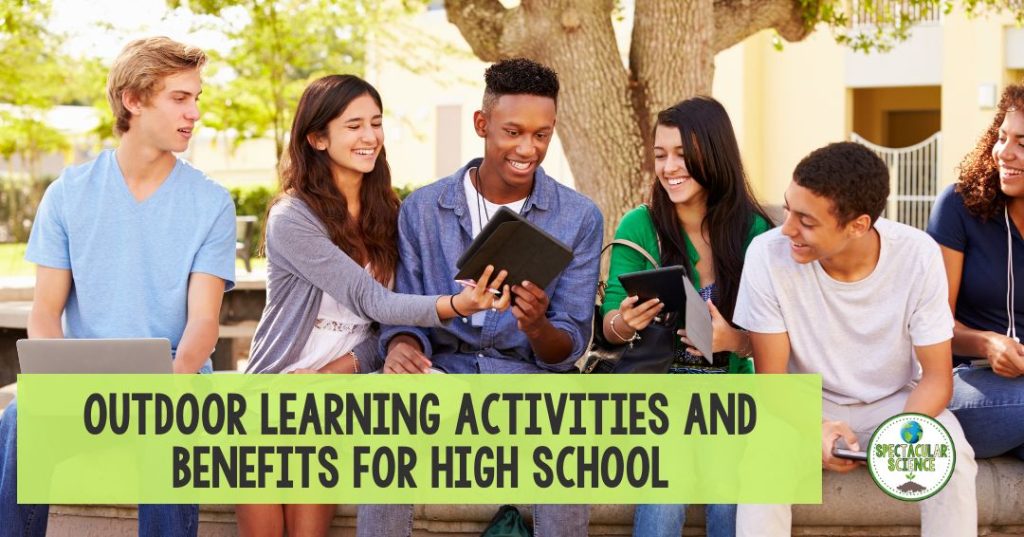
Final Takeaway
Whether it’s your first year, your fifth, or even your twenty-fifth, there will be times when teaching will be hard! Finding ways to support yourself before and during those moments is essential. This list of 11 tips for new teachers will hopefully help you in those moments and maybe to avoid a few of those moments of struggle too!
RELATED POSTS:
- 10 TRIED AND TRUE CLASSROOM MANAGEMENT STRATEGIES FOR SECONDARY TEACHERS
- 10 QUICK AND SIMPLE TIPS FOR WRITING AN EFFECTIVE LESSON PLAN
- HOW TO MAP OUT YOUR EARTH AND SPACE SCIENCE CURRICULUM
This post contains affiliate links for Amazon. As an Amazon Associate, I earn from qualifying purchases. By purchasing an item on the Amazon site using these links, I will receive a small commission on your purchase. This commission does not affect the price of your item.









